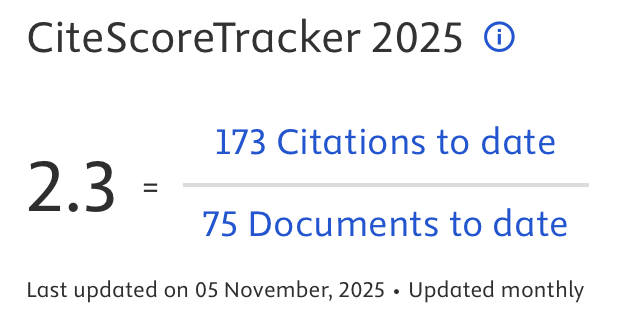TAFSIR VISUAL Kajian Resepsi atas Tafsir dan Ilustrasi dalam Tafsir Juz ‘Amma for Kids
DOI:
https://doi.org/10.14421/qh.2015.1601-07Abstract
rchange-newline"> Al-Qur’an as hudan li al-nās and rahmatan li al-‘ālamīn, can not be comprehended the mean without any exegesis. In order that Al-Qur’an and Exegesis are always easy given in the life and proved its existence which shalih li kulli zaman wa makan, they era does not only consider social characterchange from the space and the time, but the subject too. It is consumer that
is containing of various ability standard and age. Unfortunately, almost
all exegesis is product that presented as adult consumption; beside in this
fact the modernization demand each element of life to begin all aspect from
children age for the maturation and the success future. One of the works
from several works that has been established to fulfil the children needed
is Tafsir Juz ‘Amma for Kids with the new thing that most shown from this
work is illustration. In this article, It uses reception method to fid listener reaction and AlQur’an reader in the meaning explanation. Reception that is done by
commentator has succeeded to be concretized into exegesis text with simple
language; beside the reception that it is done by illustrator has succeeded
to be concretized into visual language that is illustration that in the fial
accompany in the gotten up of a functional relation between both of them.
The existence of exegesis and illustration are cooperation and it is a form
of integration-interconnection. Illustration which as functional before has
become a helper media, fially it has potential as independent to be an
exegesis that is “Visual Exegesis.”
 Abstract viewed: 639 times
|
Abstract viewed: 639 times
|
 PDF downloaded = 628 times
PDF downloaded = 628 times
Downloads
Published
How to Cite
Issue
Section
License
Publishing your paper with Jurnal Studi Ilmu-ilmu al-Qur'an dan Hadis means that the author or authors retain the copyright in the paper. Jurnal Studi Ilmu-ilmu al-Qur'an dan Hadis uses license CC-BY-NC-ND or an equivalent license as the optimal license for the publication, distribution, use, and reuse of scholarly works. This license permits anyone to copy and redistribute the material in any medium or format and must give appropriate credit, provide a link to the license, and indicate if changes were made. If you remix, translate, transform or build upon the material you may use it for private use only and not for distribution. Jurnal Studi Ilmu-ilmu al-Qur'an dan Hadis granted an exclusive non-commercial reuse license by the author(s), but the author(s) are able to put the paper onto a website, distribute it to colleagues, give it to students, use it in your thesis, etc, so long as the use is not directed at a commercial advantage or toward private monetary gain. The author(s) can reuse the figures and tables and other information contained in their paper published by Jurnal Studi Ilmu-ilmu al-Qur'an dan Hadis in future papers or work without having to ask anyone for permission, provided that the figures, tables, or other information that is included in the new paper or work properly references the published paper as the source of the figures, tables or other information, and the new paper or work is not direct at a private monetary gain or commercial advantage.
Jurnal Studi Ilmu-ilmu al-Qur'an dan Hadis journal Open Acces articles are distrubuted under the Creative Commons Attribution-NonCommercial-NoDerivatives 4.0 International (CC BY-NC-ND 4.0). Article can be read, copy and redistribute the material ini any medium or format under the following conditions:
Attribution — You must give appropriate credit, provide a link to the license, and indicate if changes were made. You may do so in any reasonable manner, but not in any way that suggests the licensor endorses you or your use.
NonCommercial — You may not use the material for commercial purposes.
NoDerivatives — If you remix, transform, or build upon the material, you may not distribute the modified material.









